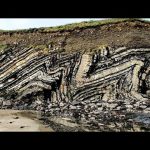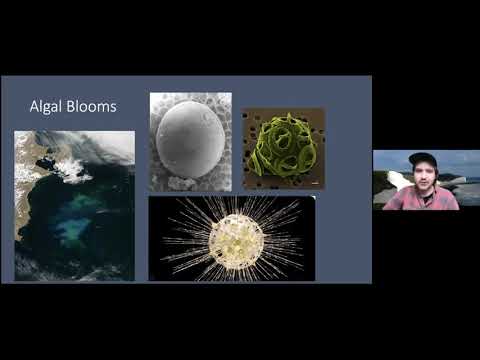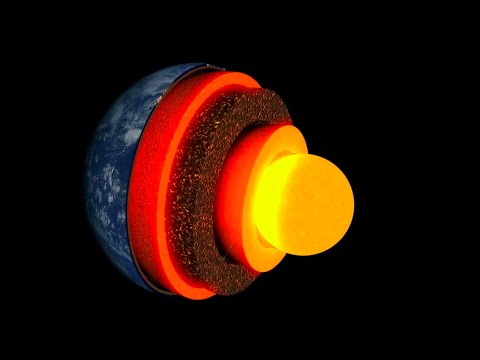Geology 15 (Faults, Folds, and Joints)

Comments
14 responses to “Geology 15 (Faults, Folds, and Joints)”
-
please teach this in more clarity and with a prewritten dialogue so when you speak it can hold most information with little amount of words needed to disclose your messages clearly. i know i say “uh” a lot, but there’s so much more you can explain about each aspect you’re going over within this video.
-
What's the biggest subduction of the continental player event that has been recorded? Feet? Inches ? Has there ever been a extreme movements of the plates that would be considered abnormal?
-
Geologists only talk and think in millions of years. They have different methods for determining the age of rock layers. However, there is one small problem. Ancient books tell us that a cycle of natural disasters threatens the earth and all living things. The cause of this cycle of disasters is a ninth planet in our solar system orbiting the sun in an eccentric orbit. Features of the natural disaster include a massive tidal wave, flooding, storms, rain, volcanic eruptions, earthquakes, and a fiery asteroid bombardment. That planet is surrounded by a gigantic twisting cloud of dust and meteorites. That cloud obscures the atmosphere, pollutes the water and covers the whole planet Earth with that dust. At the end of the crossing of this planet 9, the earth is covered with a horizontal layer of wet mud, a mixture of sand, clay, lime, fossils of sea and land animals, shells and the deposit of that dust cloud and asteroids. So every layer on our planet contains material with the same antiquity, perhaps many millions of years old: the deposit of extraterrestrial clay. If you don't know about this cycle, you have no idea how our history has evolved. To learn much more about planet 9, the recurring flood cycle and its timeline, the re-creation of civilizations and ancient high technology, read the e-book: "Planet 9 = Nibiru". It can be read on any computer, tablet or smartphone. Search: invisible nibiru 9
-
Your audio sucks
-
Time!…something no matter…linear?…indeed spacetime warps it~!
-
Very helpful lecture thanks for sharing with us
-
This tutorial is fantastic! I highly recommend it to everyone interested in geology..
-
On the project I work on there are phenomenal outcrops of interbedded shale and chert deposits that fold into these beautiful waves evoke an artistic sense. This unit along with sourrounding mudstone and shale deposits in other geological units are tilted and uplifted making for some very exciting geological columns.
-
Thank you (again) 🙂 Any chance geologist stop using so similar words to represent something so different? 😝
-
Where are the new fault lines in the USA
-
I will believe that rocke can fold up like that when I see it happen.
-
When you say 'nice layers' I'm thinking 'Gneiss layers' and I don't see them 🤔
-
You the best
The video have been looking for all along
Thanks a lot. -
Greetings from the BIG SKY. Again.




Leave a Reply